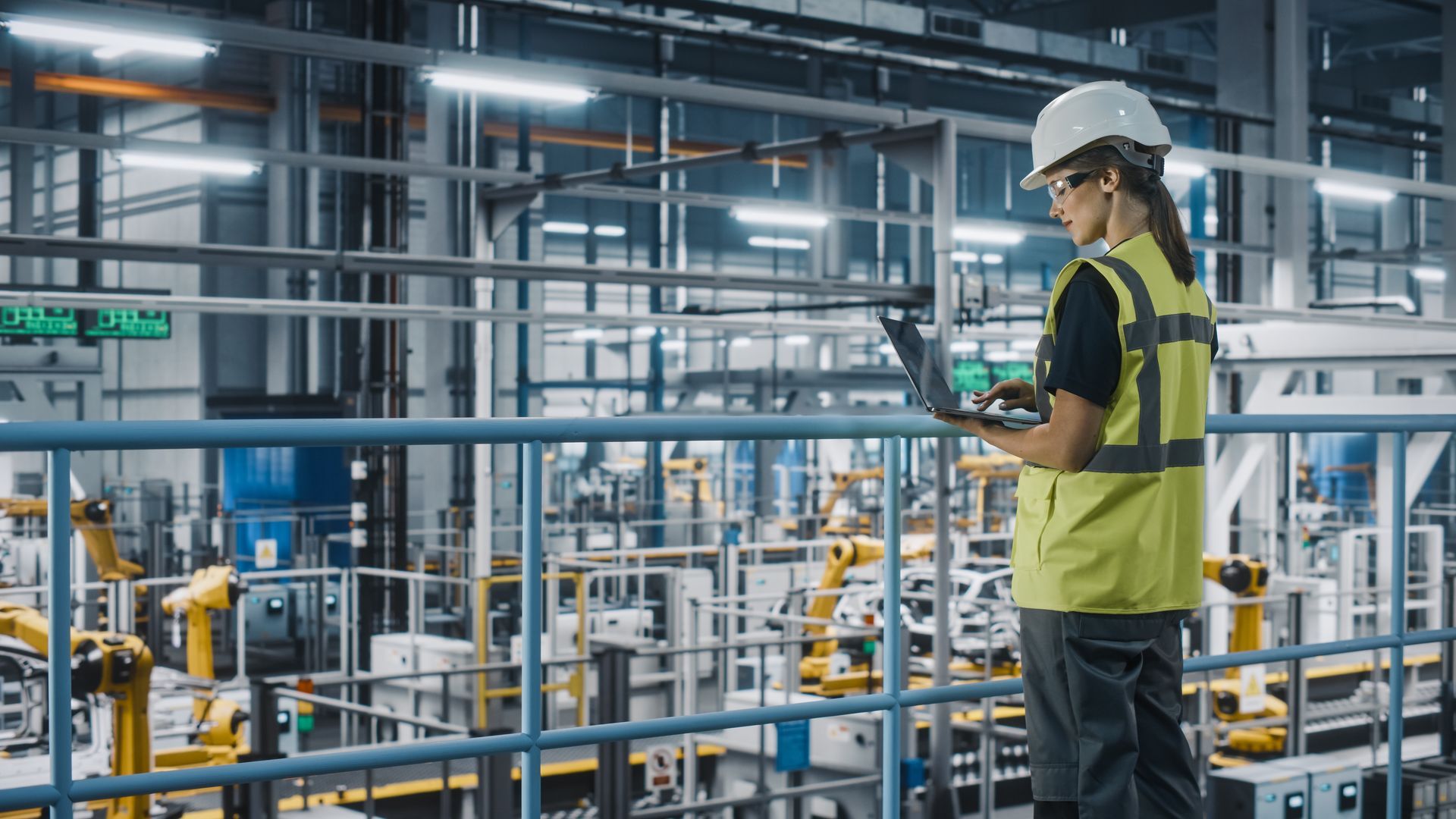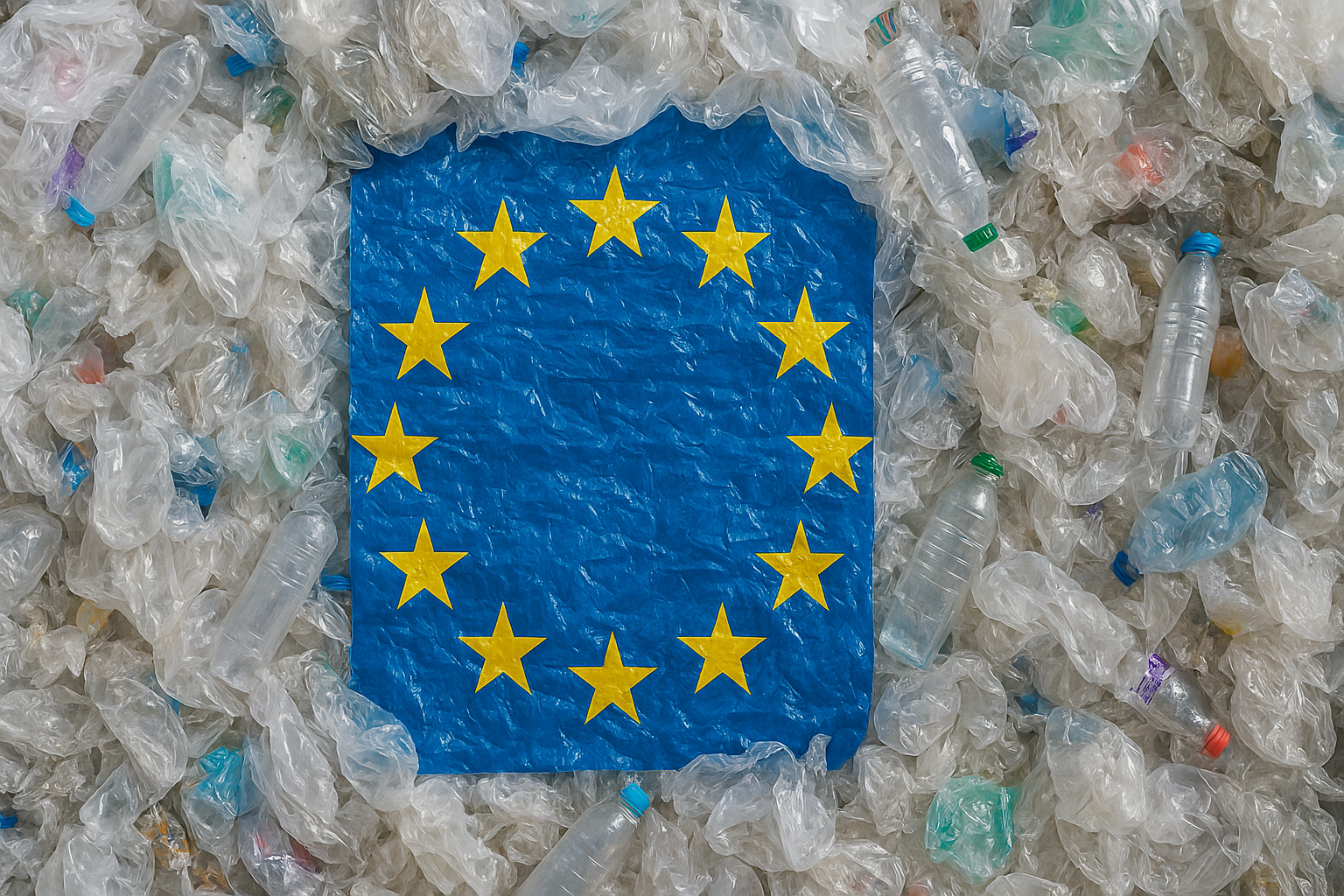welcome
Enabling the circular economy for plastic packaging
Tracking: the key to making all packaging reusable
Everyone knows we need to move away from environmentally wasteful single use packaging.
High quality reusable containers are available. When managed properly they last for years and actually reduce costs. So why aren't they being more widely used?
Reusable containers forge a circular path through the supply chain. They pass from manufacturer to customer and back, with many steps along the way. It is very easy for them to end up in the wrong place.
This causes delays and quality problems: how can a manufacturer ship product if they don't have the right containers? Many containers are lost completely and have to be replaced.
The solution is to use tracking technology to monitor containers at every step. Tracking prevents almost all container losses. It also allows managers to take an inventory of containers to ensure there are the correct number at each site.
Sensize tracking technology makes it cost effective to replace disposable packaging with high quality reusable alternatives
Sensize Technology
Sensize has created the first wireless tracking system designed specifically for reusable containers. It makes it convenient and cost effective to track roll cages, pallets, RPCs and everything in-between. Sensize devices are easy to fit, never need charging because the batteries last up to 10 years, and work just about everywhere.
Sustainability Through Visibility
Transform your environmental impact while optimizing operations. Our tracking solutions help logistics companies significantly reduce their carbon footprint through:
- Waste Reduction: Cut container fleet losses by 95% and reduce your total container needs by 15%
- Optimized Transportation: Eliminate unnecessary journeys and reduce empty miles
- Extended Asset Life: Keep reusable packaging in circulation longer through better maintenance and reduced damage
- Smart Resource Planning: Real-time data helps prevent overproduction and excess inventory
- Measurable Impact: Track and report your sustainability gains with concrete data
By choosing Sensize, you're not just optimizing your supply chain - you're contributing to a more sustainable future for logistics.
Join our team...
Want to help enable the circular economy for packaging? Passionate about reducing waste and environmental harm?
Sensize is a fast growing startup based in Cambridge UK. We are looking for talented engineers to join the team.
Check out LinkedIn for the latest job specs www.linkedin.com/company/sensize-limited
Or get in touch directly - see below for contact details.
Contact Us
News...









